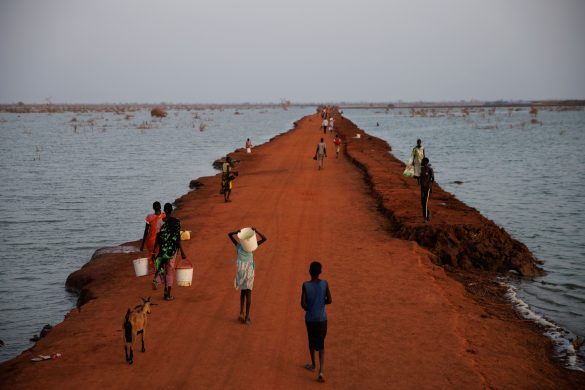Asiens og Stillehavsområdets andel af verdens vareproduktion er steget fra under 25 procent i 1975 til over 53 pct. i 2005 – og det har miljøet og klimaet bestemt ikke fået det bedre af, fremgår det af ny FN-rapport op til miljøtopmødet i Rio i juni.
NEW YORK, 10 May 2012: Countries in the Asia-Pacific region must find ways to continue to grow economically and lift millions out of poverty while also responding to climate change and environmental concerns, according to a United Nations report released Thursday, which stresses that new methods of production are needed to meet this goal.
“The world’s common future will be hugely affected by the choices that are made in Asia and the Pacific on a low carbon (CO2) growth path,” the UN Development Programme (UNDP) Regional Director for Asia and the Pacific, Ajay Chhibber, said in relation to the report.
“The goal is clear: reduce poverty, increase prosperity, but leave a smaller carbon footprint (mindre udledning af CO2),” noted he.
UNDP’s Asia-Pacific Human Development Report 2012 argues that policies and actions in the region will have a global impact as it is home to more than half of the world’s population and half of the planet’s megacities.
However, it stresses that countries in the region will need to change to change the way they manufacture goods, raise crops and livestock, and generate energy; shifting to greener, more resilient (modstandsdygtige), lower-emission options that sustain the environment and offer employment opportunities for the poor.
“Countries of the developing Asia-Pacific are much less locked into the old, carbon-intensive ways of production and consumption. Asia-Pacific not only has the imperative (tvingende nødvendighed), it also has the opportunity to manage development differently,” the report states.
Læs videre og se link til rapporten på
http://www.un.org/apps/news/story.asp?NewsID=41963&Cr=Global+Economy&Cr1=
Begynd fra: “To be able to shift to a greener economy, the report…”
Kilde: FNs Nyhedstjeneste














